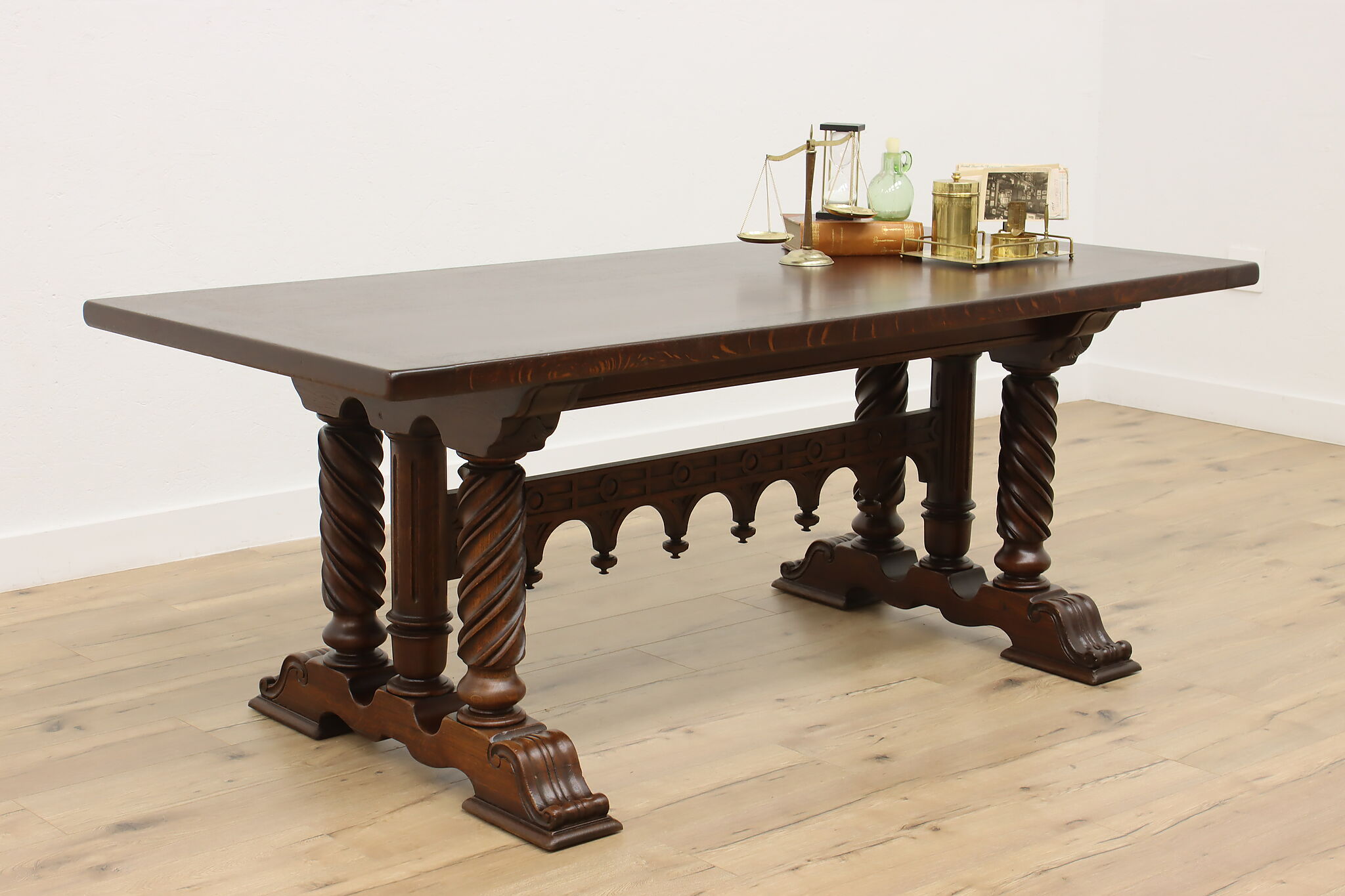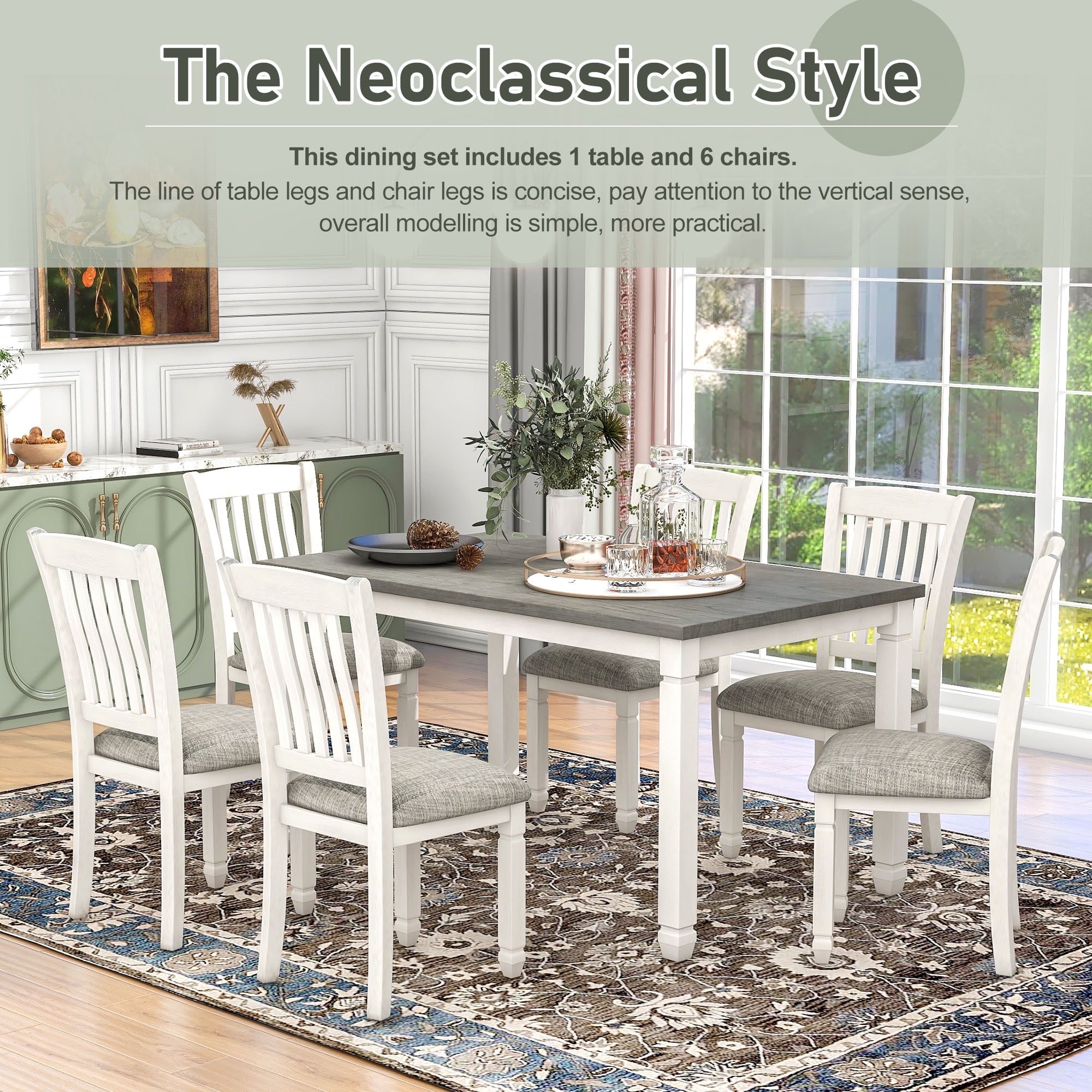Creative Ideas for Replacing or Refurbishing Your Dining Room Table Legs
Creative Ideas for Replacing or Refurbishing Your Dining Room Table Legs
Blog Article
From Typical to Modern: Find the Suitable Dining-room Table Legs for Your Style
While classic designs such as cabriole and turned legs evoke a feeling of classic sophistication, contemporary styles like hairpin and geometric alternatives offer a chance for striking visual passion. As you take into consideration these elements, the inquiry stays: exactly how can you flawlessly incorporate these diverse leg designs to produce a harmonious eating experience?
Comprehending Table Leg Styles
The selection of dining-room table leg designs can dramatically influence both the appearances and performance of the area. Each leg design contributes distinct useful attributes and visual elements, accommodating varied layout preferences and usage needs. Recognizing these styles is crucial for picking the best table that aligns with your total interior layout vision.
As an example, tapered legs offer a tidy, classic appearance that can improve an area's beauty, while stand bases give stability and take full advantage of legroom, making them suitable for smaller sized spaces. Barrette legs, a hallmark of mid-century modern-day design, present a commercial flair, enabling an airy, open feeling. In a similar way, trestle legs evoke rustic beauty, supplying robust support and a sense of eternity.
Moreover, the selection of materials plays a significant function. Wood legs can bring warmth and appearance, whereas steel alternatives commonly convey a sleek, contemporary ambiance. Ultimately, comprehending table leg styles is essential for producing a natural dining area that shows individual style while guaranteeing functionality and comfort. By attentively thinking about these aspects, you can enhance both the useful and visual charm of your dining room.
Conventional Table Leg Options
When choosing dining-room table legs, traditional choices commonly personify timeless beauty and craftsmanship. These styles mirror an abundant heritage and a dedication to quality, making them perfect for those who value timeless visual appeals.
One of the most renowned standard leg designs is the cabriole leg, defined by its stylish rounded shape. This style typically includes ornamental makings and is most frequently discovered in Queen Anne and Chippendale furniture. One more prominent choice is the turned leg, which boasts a collection of smooth, rounded forms that offer a traditional appearance while keeping stability.
Furthermore, the straight leg, while easy, provides a durable and unadorned framework that can mix effortlessly with a range of tabletop styles. For those drawn to ornate describing, claw-and-ball feet legs stimulate a sense of splendour and can work as a stunning focal factor in any kind of dining space.
Lastly, stand bases, although not strictly legs, provide a different standard choice that enables enough legroom and can be perfectly carved. Each of these traditional leg designs adds to the overall setting of a dining-room, weding function with visual allure.

Modern Table Leg Layouts
Modern table leg layouts use a varied variety of styles that highlight cutting-edge materials and tidy lines. These designs usually prioritize capability while acting as striking focal factors within a dining area. Minimal aesthetic appeals are prevalent, with legs crafted from materials such as steel, glass, and engineered timber, which add to a modern and airy feeling.
One preferred style is the barrette leg, characterized by its slender, site web conical framework that offers security without frustrating the tabletop (dining room table legs). This design is usually discovered in mid-century modern furniture and can easily enhance various table forms. An additional fad is making use of geometric shapes, where legs may take on angular or asymmetrical types, including aesthetic interest and a touch of creativity

Blending Styles for Unique Spaces
Often, homeowners look for to develop special eating areas that reflect their individual design by blending various design components. This technique enables for the unification of varied visual appeals, resulting in an unified yet distinct atmosphere. For instance, coupling a rustic wooden table with streamlined, modern-day metal legs can create an eye-catching comparison that raises the room's total charm.
Additionally, incorporating vintage table legs with contemporary table tops can stimulate a feeling of history while keeping a contemporary sensibility. Such combinations not just showcase specific taste yet also urge creativity, permitting property owners to curate a room that feels both individual and welcoming.
Color plays a crucial function in this mixing process; choosing table legs that enhance or contrast with the existing shade scheme can improve aesthetic interest. For example, whitewashed legs can soften the daring of a dark table surface area, developing a well balanced aesthetic.
Tips for Choosing the Right Legs
Selecting the right table legs is crucial for achieving both performance and visual appeal in your dining area. Begin by taking into consideration the overall style of your space. Typical settings benefit from legs that feature complex makings or transformed designs, while contemporary spaces may require streamlined, minimal styles.
Next, evaluate the height and stability of the legs. dining room table legs. Common eating tables vary in between 28 to 30 inches in height, so guarantee the legs match this measurement for comfort. Furthermore, durable materials, such as wood or steel, can improve security and durability
Examine the leg form too-- alternatives consist of right, tapered, or pedestal styles. Straight legs offer a classic appearance, while tapered legs can add a touch of sophistication. Pedestal bases offer adequate legroom and are suitable for smaller sized spaces.
Verdict
In recap, selecting the optimal eating space table legs needs cautious consideration of both conventional and modern designs. Standard choices such as cabriole and turned legs offer timeless style, while modern-day styles like hairpin and geometric shapes give a modern touch. By balancing leg style, height, Resources and product with the general decoration, a cohesive and welcoming environment can be achieved. Inevitably, the picked table legs ought to reflect the wanted visual, enhancing the eating experience within the area.
The range of eating space table leg designs can considerably influence both the aesthetic appeals and capability of the area. Ultimately, comprehending table leg designs is necessary for creating a natural eating area that mirrors personal style while ensuring functionality and convenience.One of the most iconic standard leg styles is the cabriole leg, defined by its stylish rounded shape. Straight legs supply a timeless look, while conical legs can add a touch of sophistication.In recap, selecting the excellent dining space table legs requires cautious factor to consider of both conventional and contemporary styles.
Report this page